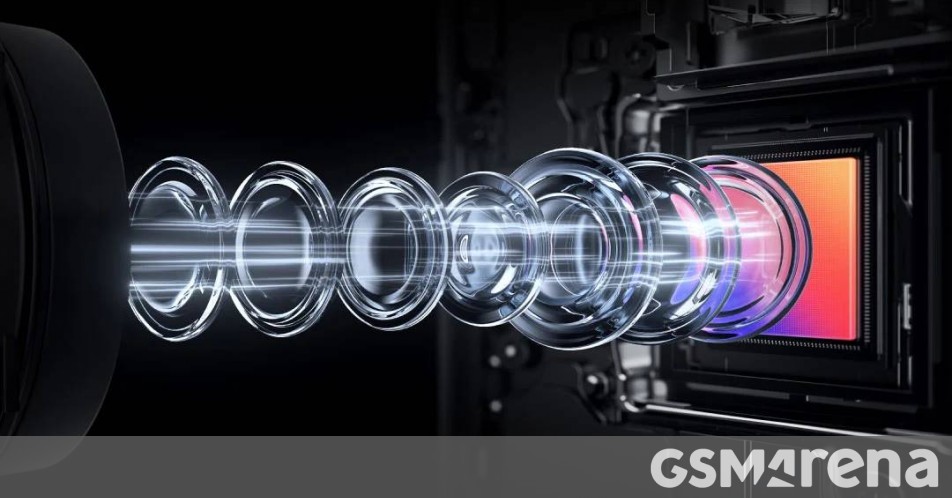Product manager Han Boxiao is promoting the low-light capabilities of the upcoming vivo X200 Ultra camera by sharing photos on Weibo, highlighting its performance with challenging shots. Previously, comparisons were made with the iPhone 16 Pro Max and Canon 5D Mk IV. The latest images feature the ultra-wide camera, equipped with a 50MP Sony LYT-818 sensor and a 14mm Zeiss lens with optical image stabilization. Han chose not to share comparisons with other phones, suggesting it would be unfair. The X200 Ultra is expected to excel in performance, particularly over the previous model, the vivo X200 Pro.
Han Boxiao, the product manager, continues to emphasize the impressive low-light capabilities of the company’s forthcoming camera flagship by posting photos on Weibo. Previously, Han compared the vivo X200 Ultra with the iPhone 16 Pro Max and the Canon 5D Mk IV through shared images.
The most recent post focuses on the vivo X200 Ultra, showcasing three photos taken in demanding conditions. These images were captured with the ultra-wide camera that features the same 50MP Sony LYT-818 1/1.28” sensor as the primary camera, paired with a 14mm Zeiss lens equipped with optical image stabilization.


vivo X200 Ultra camera samples
As for the absence of comparisons with other cameras this time, Han noted (via machine translation): “PS. I captured ultra-wide photos of the same scene with other phones, but upon reviewing them, I chose not to share them—it wouldn’t be fair.”
It’s natural to consider that the CEO might hold a bias towards the vivo X200 Ultra. While the vivo X200 Pro didn’t impress us greatly with its ultra-wide camera, its small ISOCELL JN1 1/2.76” sensor likely limits its performance, suggesting that the Ultra could deliver far superior results.
If you haven’t been keeping up, the vivo X200 Ultra will include two dedicated camera chips, with the well-known vivo V3+ serving as a traditional ISP for post-processing and a new vivo VS1 for pre-processing. Additionally, all three cameras (main, ultra-wide, and periscope) will feature OIS; you can check out the stabilization demonstration from yesterday.
Source (in Chinese)
